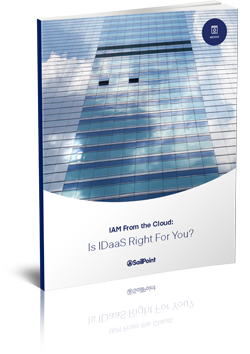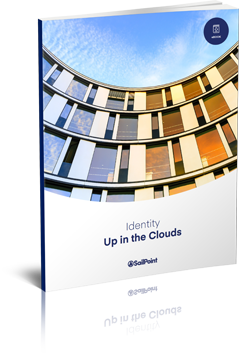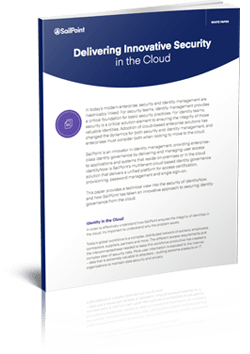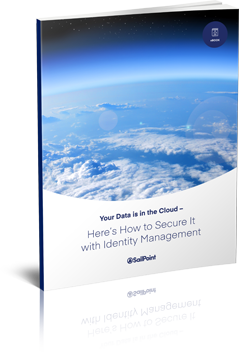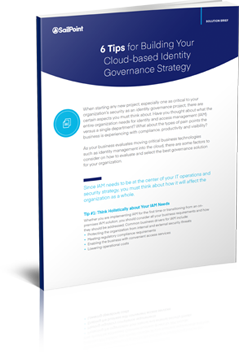Enterprises are increasingly moving critical business applications to the cloud. Many organizations now take a cloud-first strategy for all applications, while others selectively move to the cloud. It’s common for companies to have hundreds of SaaS applications.
However, the inevitable move to the cloud comes with risk. Because cloud applications are often easy to obtain, almost anyone can buy or download software. This practice can cause issues with shadow IT, where employees are procuring applications without IT oversight or approval.
Also, with increased interconnectivity and advanced technology, it’s no longer necessary for employees to be in the same physical space – or on the same type of hardware – to collaborate. Many enterprises now have a “bring your own device” (BYOD) policy, reinforcing the need for business applications to be accessible anywhere, anytime and from any device. Moreover, in addition to employees, business users may now also include contractors, partners, suppliers, board members and customers around the world. According to SailPoint’s 2017 Market Pulse Survey, most enterprises are aware with these risks:
How can SailPoint help you comply with CCPA?
Our open cloud identity governance platform makes it easy for you to stay compliant by seeing and controlling access to all your apps and data for every user, including bots.
Traditional Identity Management vs. Cloud Identity Management
Identity management, also called Identity and Access Management (IAM) is a framework used to authenticate and authorize digital identities (digital attributes related to a person, organization, application, or device, i.e. usernames and passwords). It’s the method of verifying and granting identities access to systems and applications within an organization.
Identity management provides visibility into who has access to what, how they got access, and what type of risk it presents. Traditional identity and access management ensures that only employees, contractors, consultants and partners can be granted access to your networks, tools and applications.
As enterprises move to the cloud, they must migrate their proprietary data, assets and applications. But without proper security protocol, organizations can expose themselves to risk of data exposure or breach. Implementing a cloud identity management system as you migrate to a cloud environment helps to solve these issues.
Cloud identity management differs from legacy or traditional IAM because it goes beyond the traditional IT environment. As organizations bring on more cloud tools and services, managing identity access becomes more complex. Cloud identity management monitors identities across your multi-cloud environment which includes integrations, operating systems, applications, resources and more. It creates visibility into access points that may not be visible otherwise.
Benefits of Cloud Identity Management
Cloud identity management creates a heightened sense of visibility over every cloud platform, application, and service in an organization’s multi-cloud environment. It helps discover, protect, and govern access to all data and applications across your cloud infrastructure. This is particularly valuable during the onboarding and off-boarding process as new users are being brought on. Cloud IAM governs access to organizational data and assets, tracking who has access and how they are getting access. It creates a security wall that traditional IAM isn’t capable of.
So, if your organization is making the digital transformation, it’s a good idea to consider cloud identity management.
Cloud-first Companies Move Security to the Cloud
Cloud is transforming the way we work. And today’s enterprise is becoming a cloud enterprise. As companies become more comfortable with moving strategic and mission-critical applications into the cloud, it can feel overwhelming to consider using larger and more complex solutions – such as identity – as a service (SaaS). Even as enterprises rush toward the cloud, they often “don’t mess around with identity” because they believe they lack the budget, time or skilled identity resources required to implement such a technology. But that’s no longer an inhibitor to implementing identity management. Learn more about identity-as-a-service and why cloud-based identity governance is critical to security.
Cloud-based identity governance offers the same security, compliance and automation delivered by enterprise-class identity solutions, coupled with a lower total cost of ownership and faster deployment. Put simply, identity provides the power to make the cloud enterprise secure. Organizations must effectively address today’s complex business challenges.
SailPoint Predictive Identity can help
your organization.
See and control access to all your apps and data for all your users, including bots.

